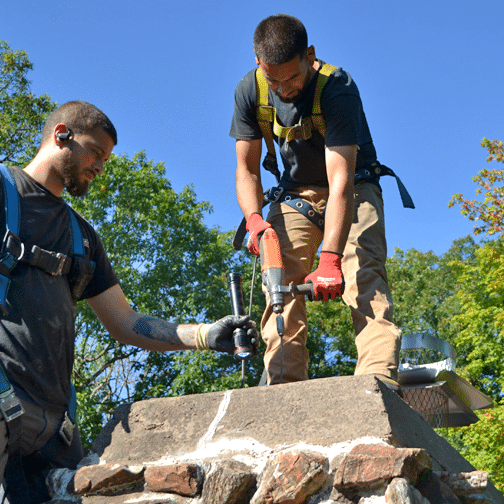Smell...
Hi all,
Would not smoldering clothing give off a distinct smell? Or perhaps the burning of clothing was commonplace among these unfortunates?
Another possibility. Did the place stink so bad that no one noticed this smell?
I don't believe any witnesses mentioned anything about the smell of burnt clothing...
Greg
Hi all,
Would not smoldering clothing give off a distinct smell? Or perhaps the burning of clothing was commonplace among these unfortunates?
Another possibility. Did the place stink so bad that no one noticed this smell?
I don't believe any witnesses mentioned anything about the smell of burnt clothing...
Greg




Comment